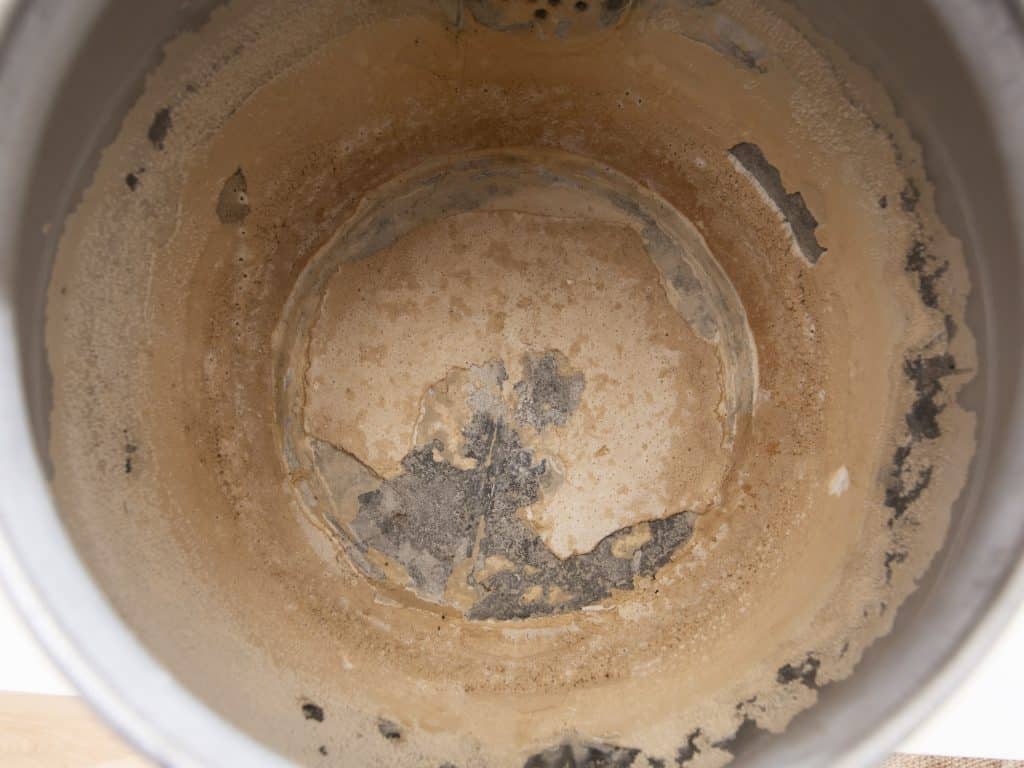Minimizing post-application pesticide movement: Important considerations

Understanding how pesticides move in the environment is crucial. While drift is a direct result of spray applications, pesticides can also move after the initial application. This movement, influenced by pesticide properties, affects their final destination and activity. It’s beneficial for applicators to comprehend this process to mitigate the downstream impact on different environments and […]
The Impact of Pesticide Properties after Spray Application

Pesticide drift from the target area is a common occurrence during spray applications. As discussed in a previous post (Pesticides Drift from Spray Applications) spray applications affect where pesticides end up in the environment and their potential impact. Here, we provide important considerations regarding the fate of sprayed pesticides. Pesticide applicators are generally responsible for […]
Pesticide Drift from Spray applications

Spray application is one of the most common ways to apply pesticides. This method of application requires liquid or dry pesticide formulations to be dissolved or suspended in water or oil-based mixtures prior to application. Spray applications are conducted using a range of equipment from handheld equipment, backpack sprayers, tractor-mounted sprayers, boom sprayers, aerial sprayers […]
The impact of silicone-based surfactants on herbicide spray applications

Silicone-based surfactants, also known as organosilicon surfactants, are a specialized type of surfactant incorporating both silicon and organic groups within their chemical structure. This unique composition confers distinct properties that have profound impacts on herbicide spray applications. Within herbicide formulations, adjuvants containing silicone-based surfactants are frequently employed to enhance critical aspects such as wetting, spreading, […]
The Impact of Weather Conditions on Herbicide Spray Tank Applications

The importance of Weather consideration In herbicide spray tank applications, weather conditions play a critical role in the effective management of weeds. The success of herbicide applications relies not only on the efficacy of the herbicide and the ability of the adjuvants within the tank mixture but also on environmental factors such as temperature, humidity, […]
Water Volatility and Its Influence on Herbicide Application Efficiency

Volatility refers to the tendency of a substance to evaporate into the air. In herbicide spraying applications, several factors can influence the volatility of water, which can, in turn, impact the effectiveness and safety of herbicide treatments. The impact of the volatility of water on herbicide spray tank applications is an important consideration in agriculture […]
Surface Tension’s Impact on Water in Spray Tank Systems

Water’s Dual Impact in Spray Tanks Water, the primary component in most spray tank mixtures, excels as a solvent (a medium for holding and transporting other chemical substances), it is cost-effective and readily available. The surface tension of water can be described as the energy or force that causes a liquid surface to resist external […]
Alkylphenol Ethoxylate-free (APE-free) surfactants in Adjuvants

Understanding APE-Free Surfactants in Adjuvants You might not be familiar with the term “alkylphenol ethoxylates” (APEs), but they are important ingredients in products that help with pesticides and adjuvants. These surfactants have made a name for themselves because they mix well with other substances and help products work better. However, studies over the past decades […]
Tackling Hard Water Issues in Spray Tank Mixtures

Water quality in spray tanks is crucial for several reasons, especially when it comes to the efficacy of the application and the longevity of the equipment. If you are an applicator your access to a standard quality of water may be limited depending on your geography. Hard water is one of the most common problems […]
The Foam Factor: A Closer Look at Adjuvant Features

Foaming is the formation of bubbles or foam on the surface of the liquid or throughout the solution. In cleaning applications, the formation of foam can offer several benefits, such as increased contact time, enhanced visibility and lubrication with the surface intended to be cleaned. However, in spray tank mixtures these features are not necessary […]
